Flowers are starting to appear for sale in the garden centers—and that means pansies. Get to know this old-fashioned “flower with a face” and discover 10 different varieties!
Growing Pansies
Often, gardeners overlook pansies as being temporary “throw-away” plants, but most are actually half-hardy annuals, which means that you should get at least two seasons of bloom from them. Plant breeders have been working to make them not only larger flowered, but also longer lasting, more heat tolerant, and more cold tolerant.
To insure a longer bloom span, you can do your part by planting them where they get morning sun but are shaded from hot afternoon sun. Deadhead them often to keep them from setting seeds, water and fertilize regularly, mulch them, and don’t be afraid to pinch them back to encourage new growth. Frost won’t faze them; they can survive dips into the single digits and recover to bloom again.
‘Bingo’ and ‘Nature’ are two of the most cold hardy pansy varieties. Heat is a little more of a problem. When the night temperatures rise during summer, your pansies will take a break from blossoming. Keep the plants mulched and watered and they will perk up and begin to bloom again in the fall when the temps cool down.
Pansies are also a great flower to plant in the fall. Try them alongside the fall favorite, chrysanthemums. They will bloom until really cold weather sets in. If well-mulched, the plants can winter over in many areas of the country and be one of the first to blossom in your spring garden. I had one variety, called ‘Four Seasons’, winter over here in New Hampshire successfully, but I’m sure there are other hardy ones out there, too.
‘Dynamite’ and ‘Springtime’ will blossom all winter in southern locales.
Our Favorite Pansy Varieties
There are so many colors and combinations to choose from that it is hard to decide on just one.
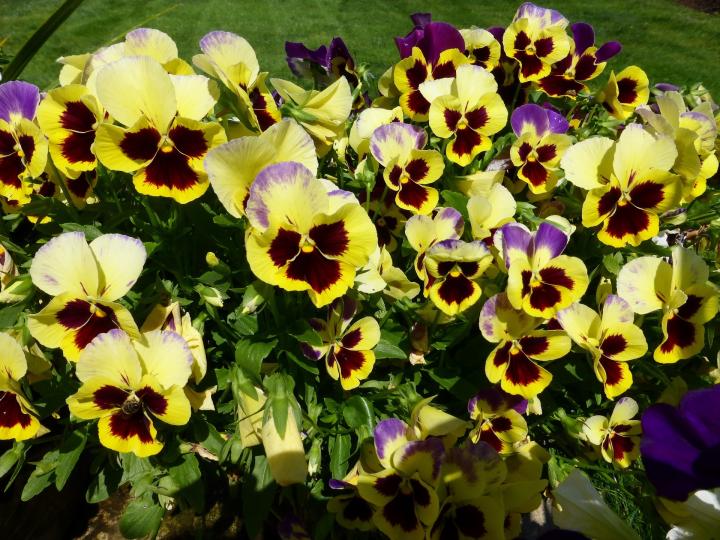
I love the classic “monkey face” pansies that my grandmother grew. To really enjoy their faces plant them in pots or window boxes where you can see them up close.
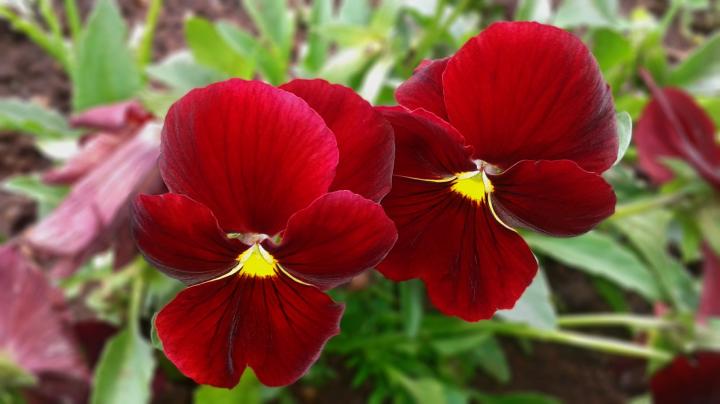
But pansies are more than just a pretty face, some are solid colors with no faces at all.
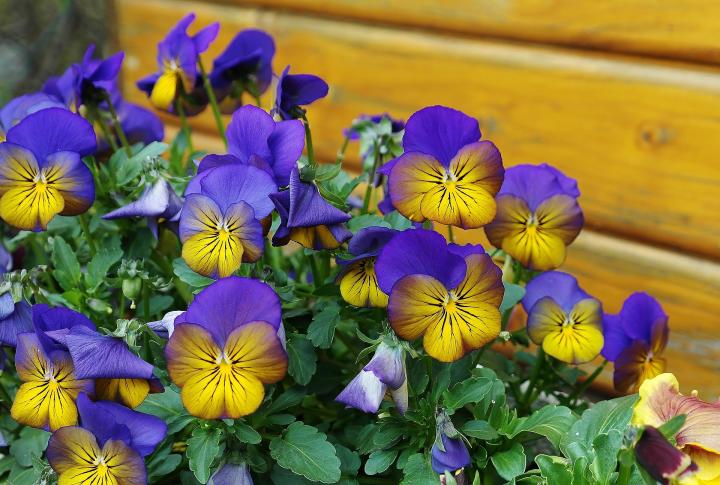
Others, like ‘Ultima Morpho’, have whiskered cat faces.
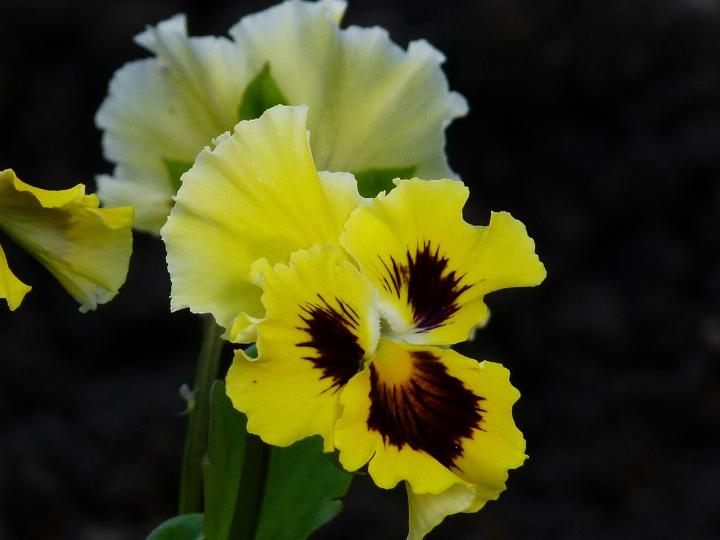
There are ones with ruffled edges like ‘Flirty Skirts’ and ‘Ballerina’, and trailing pansies like ‘Cool Wave’ and ‘Waterfall’ that spread up to 2 feet—excellent for hanging baskets. ‘Colossus’ has giant flowers 3-4 inches across and ‘Moulin Rouge’ has thick, stiff stems making it perfect for cutting.
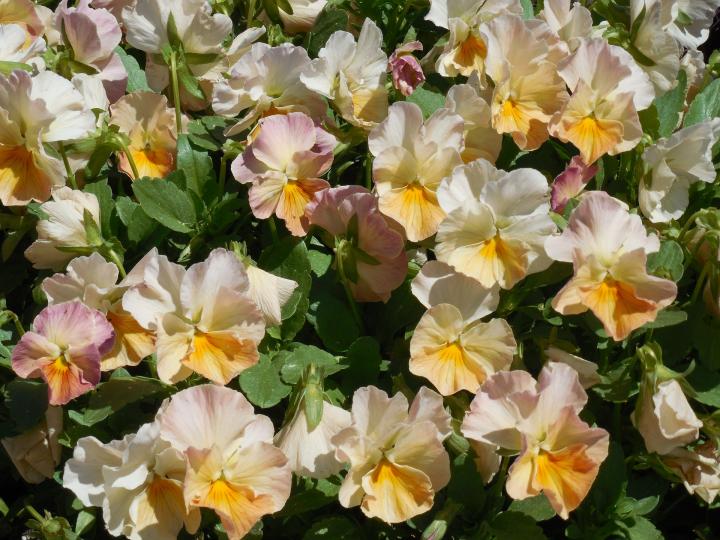
The so-called antiques such as ‘Panola’ and ‘Mariposa Peach’ have soft, watercolor shades while ’Jolly Joker’ is garish purple and orange and then there are some that are just pure black!
The name pansy comes from French pensee, meaning “thought,” because the blossom resembles a little frowning face that could be deep in concentration. The pansy has a large number of colorful nicknames such as heartsease, three-faces-under-a-hood, Cupid’s delight, love-in-idleness, and jump-up-and-kiss-me.
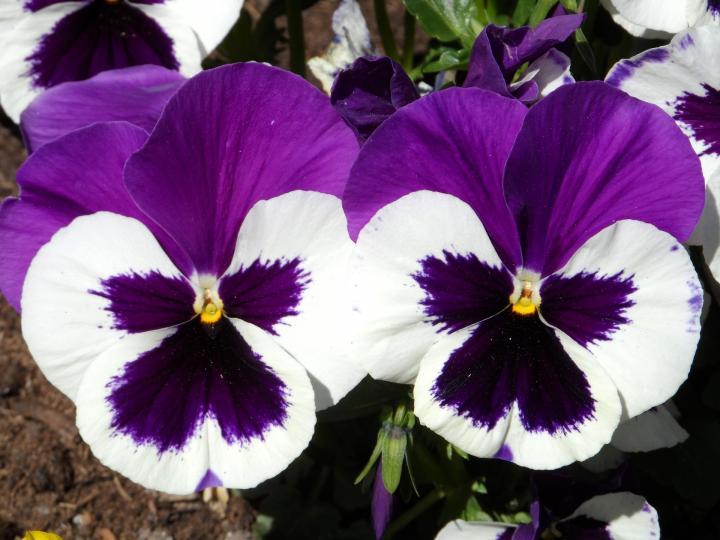
The German name for this flower, however, is Stiefmutterchen. Instead of seeing a face deep in thought, they see the unforgiving frown of a “little stepmother.” I think they have been reading too much Grimm!
Learn more about planting and growing pansies on the Almanac’s Pansies page.








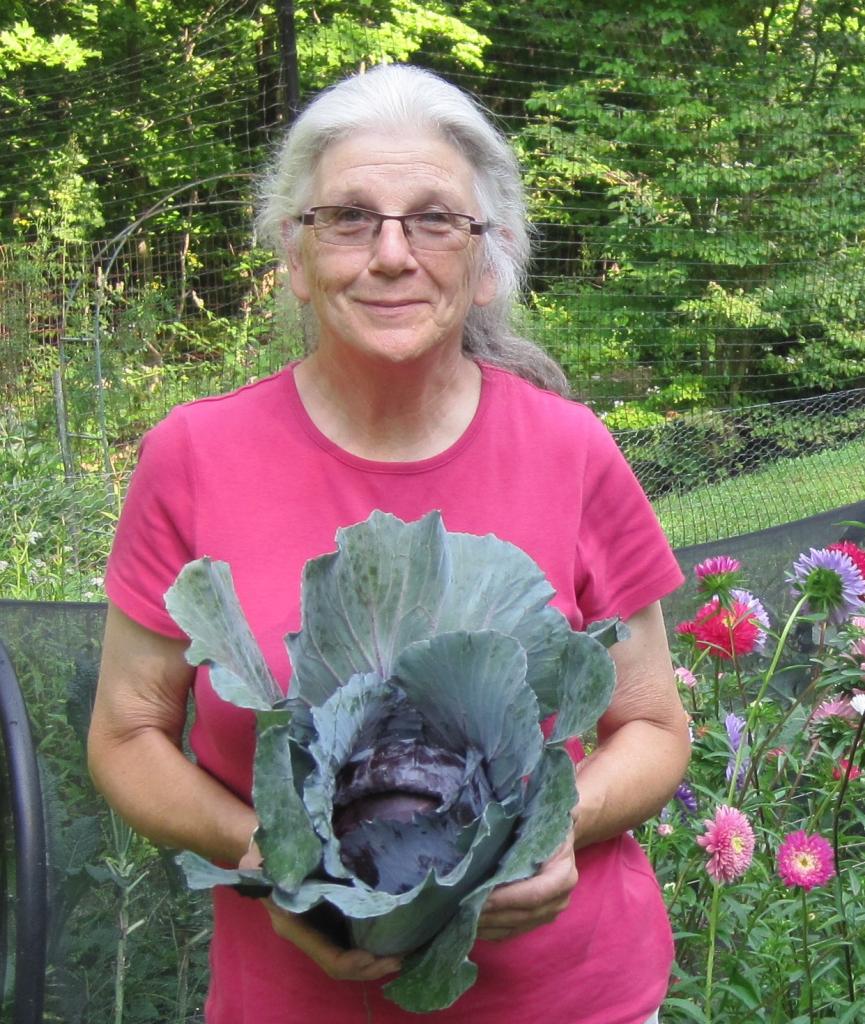







Comments